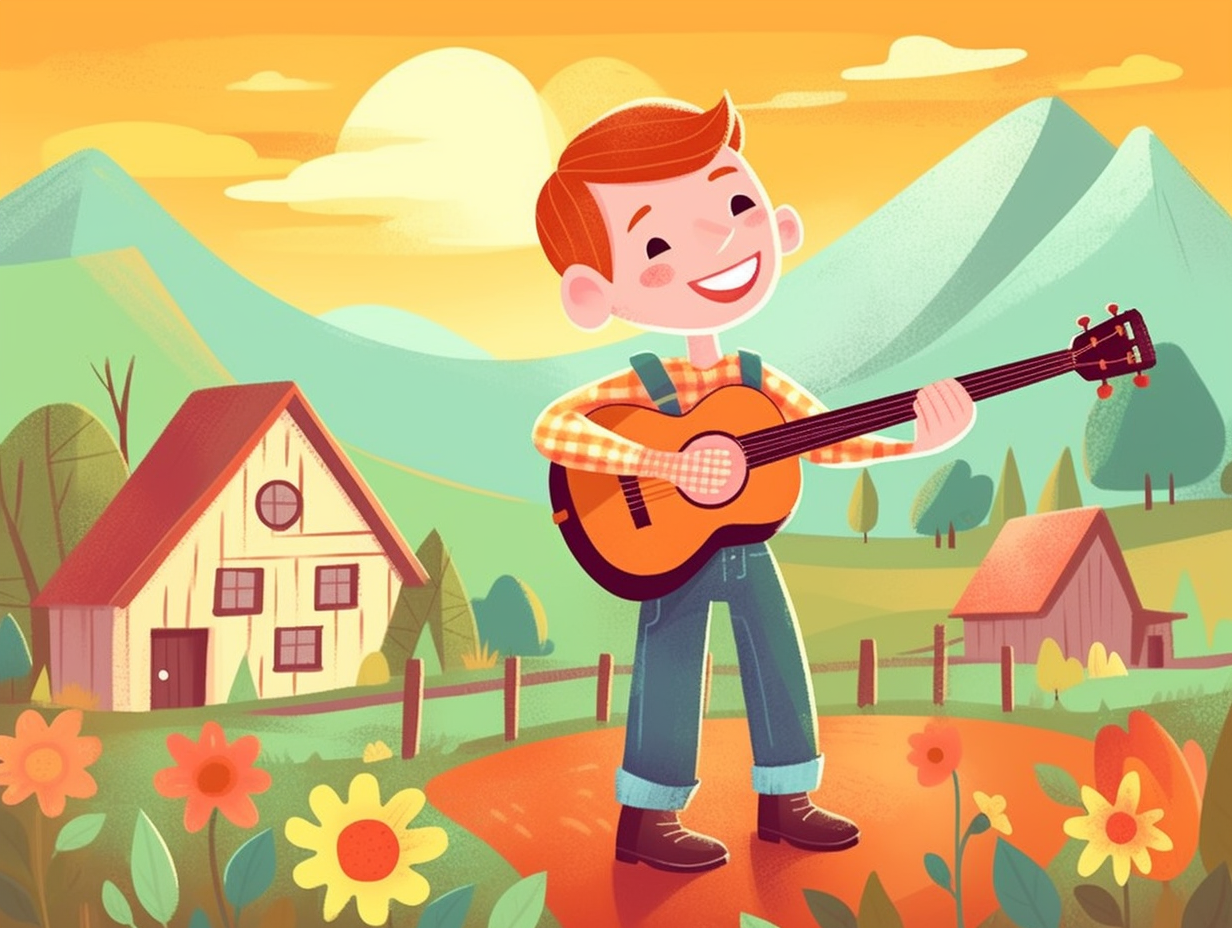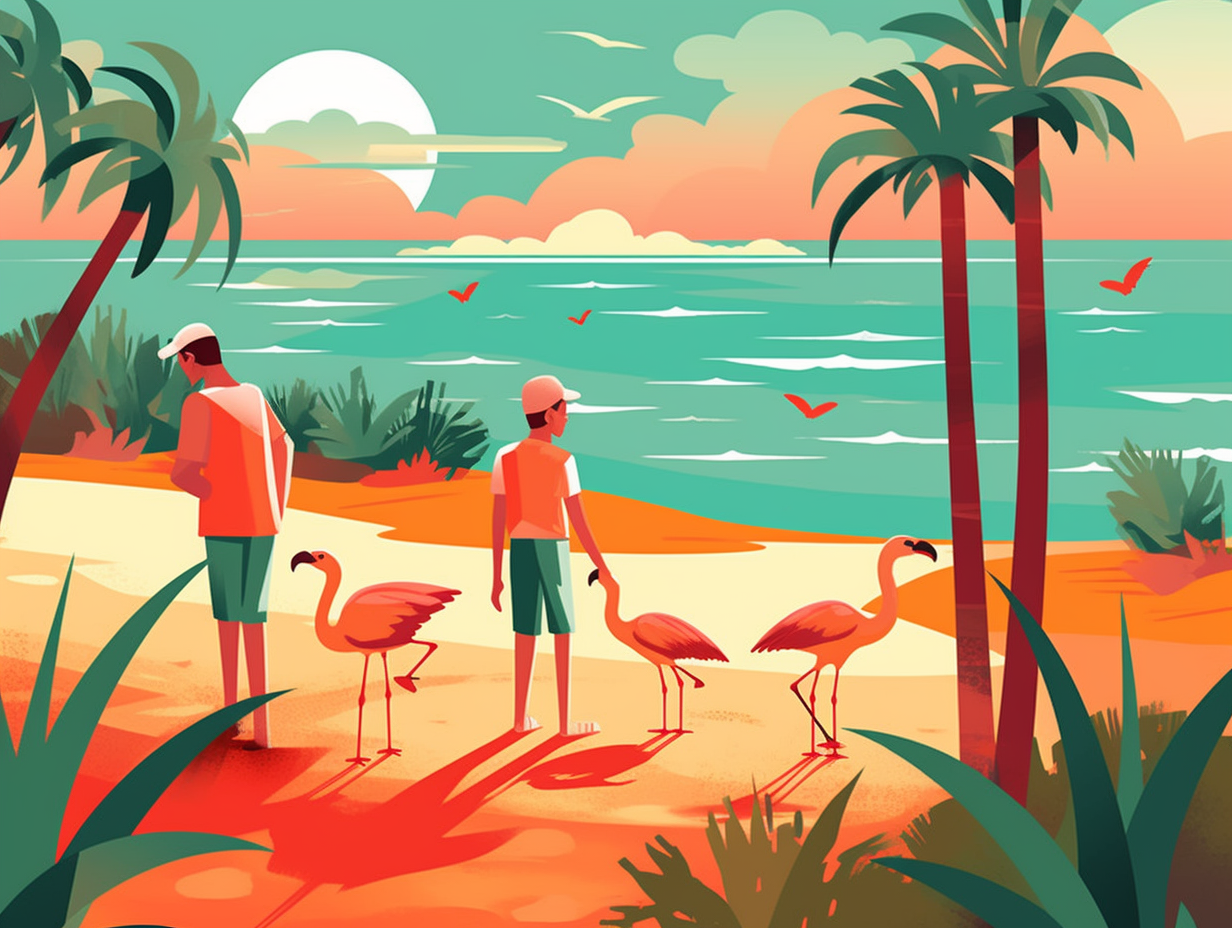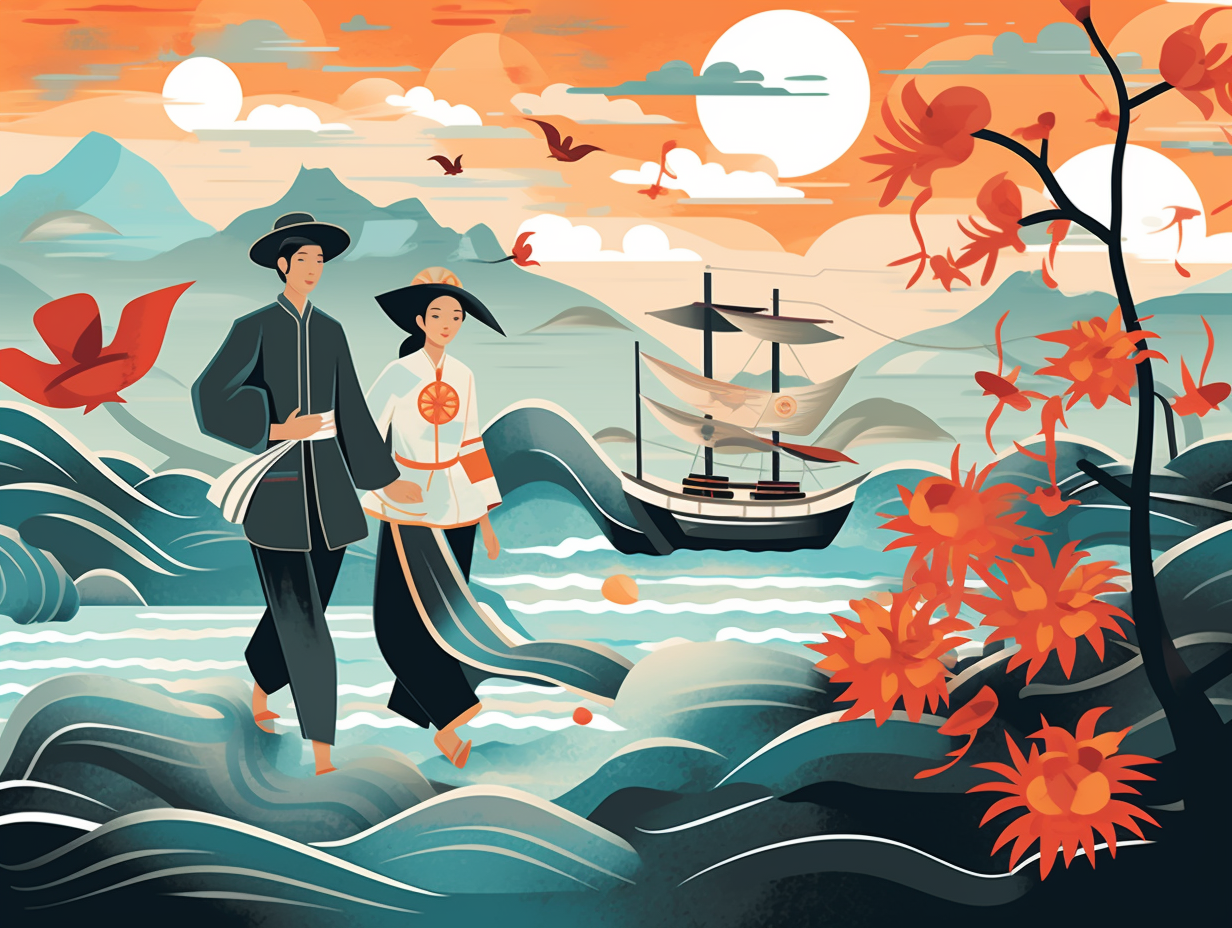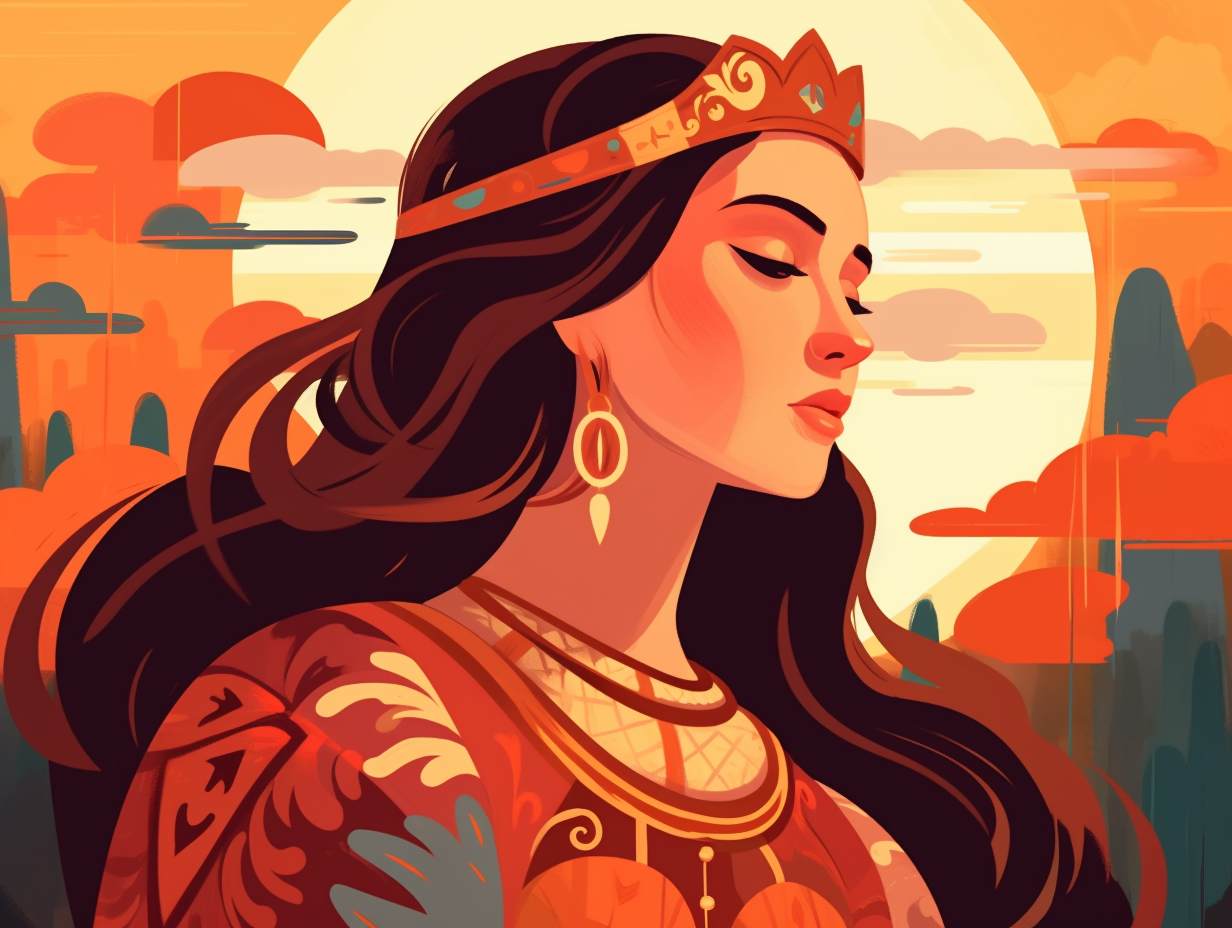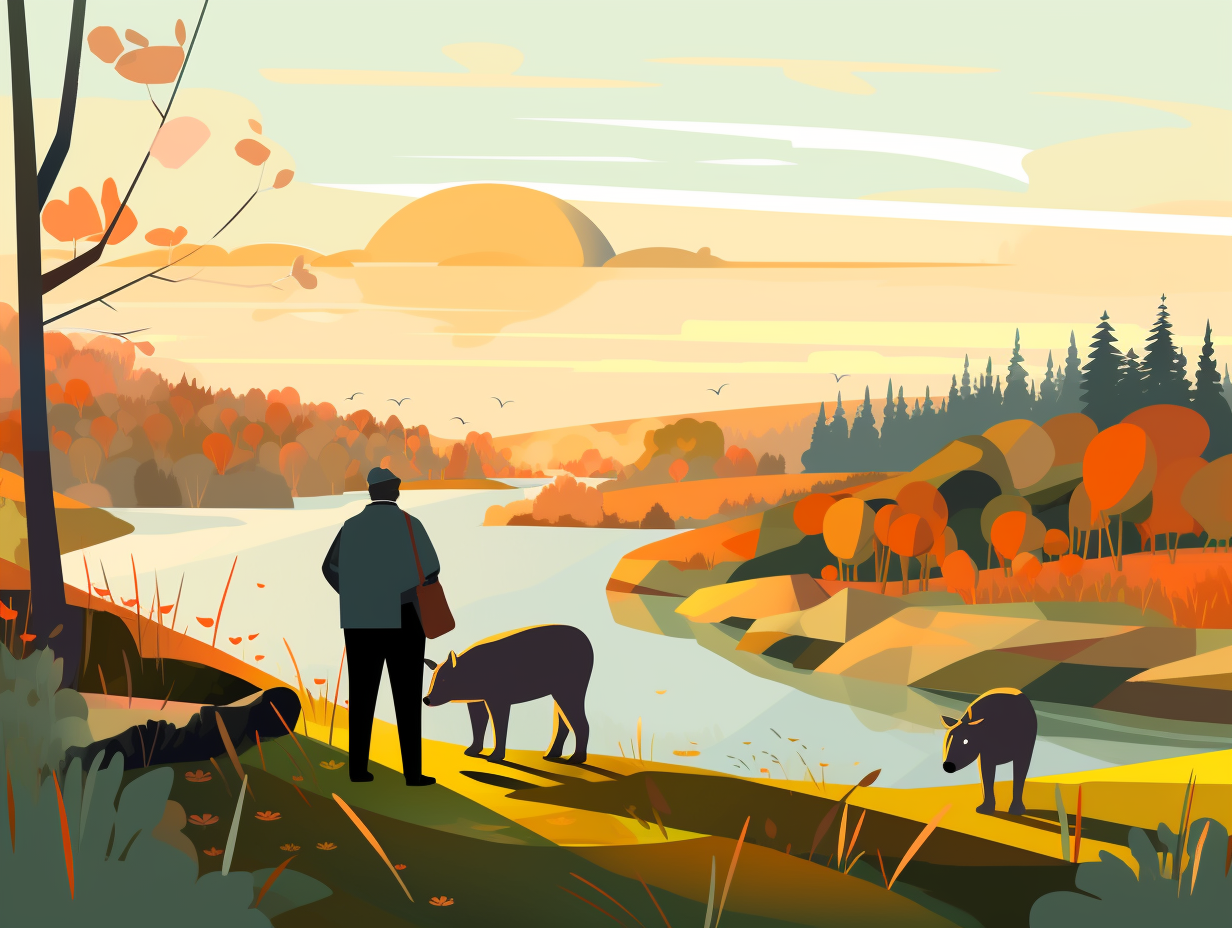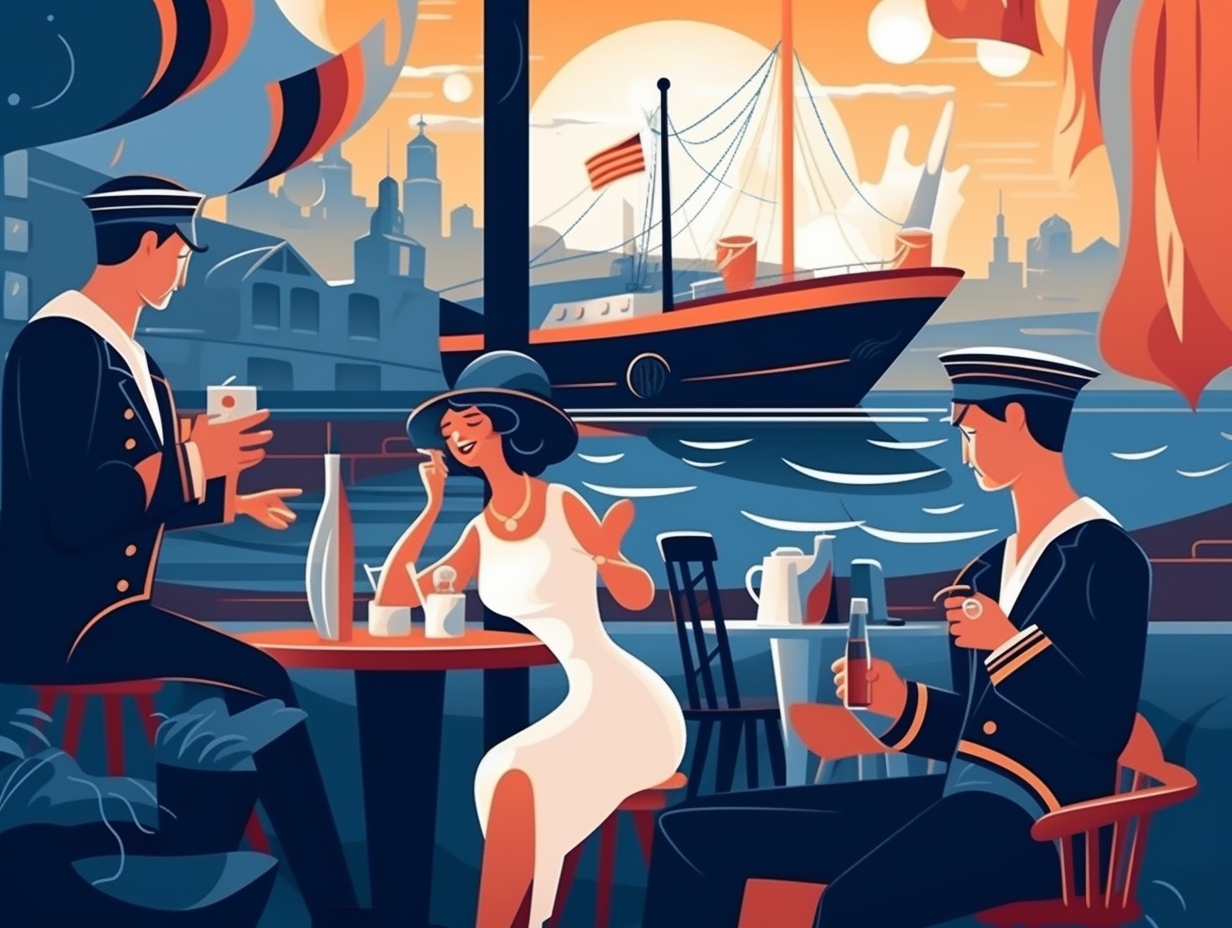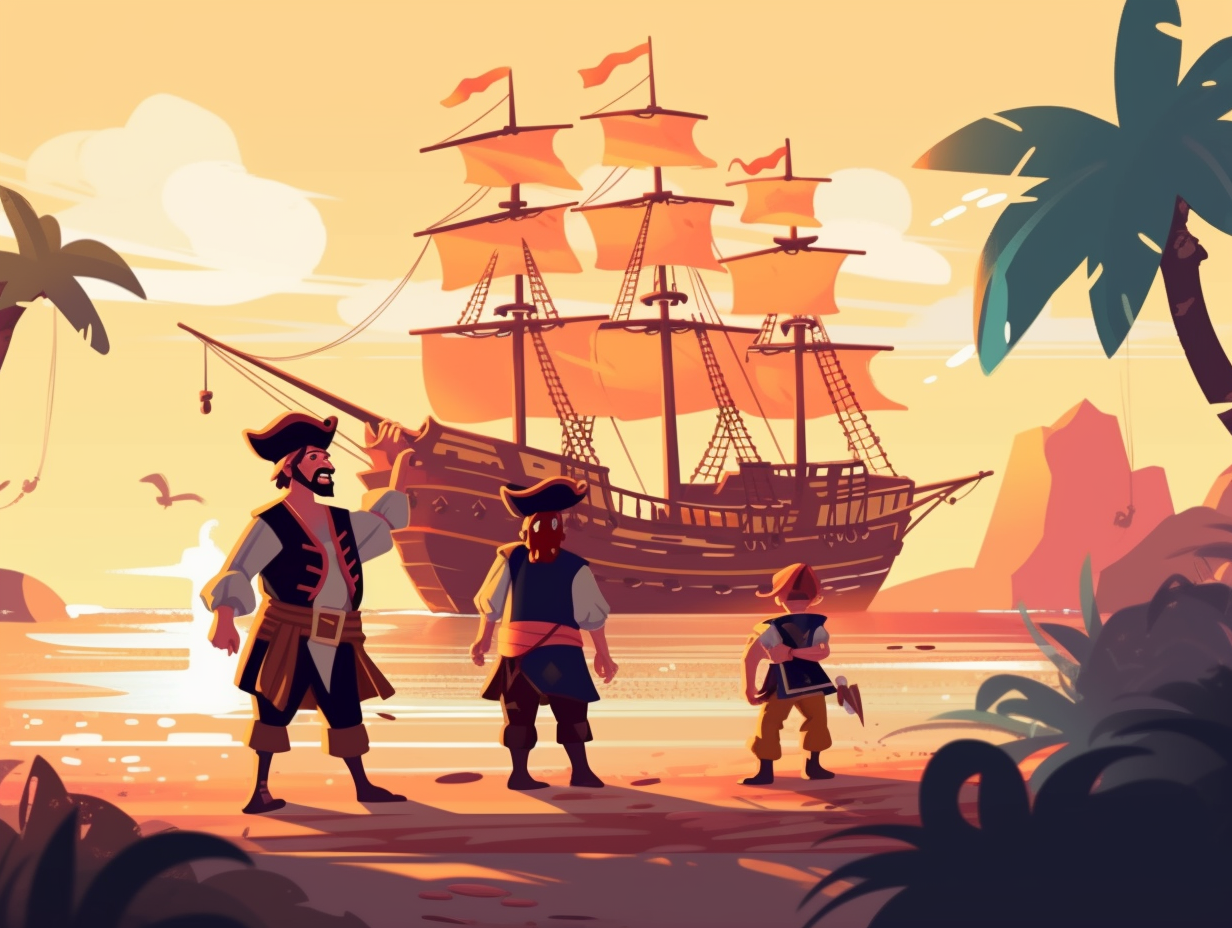Discover the Top 8 Fascinating Fun Facts About South Carolina Colony You Never Knew!
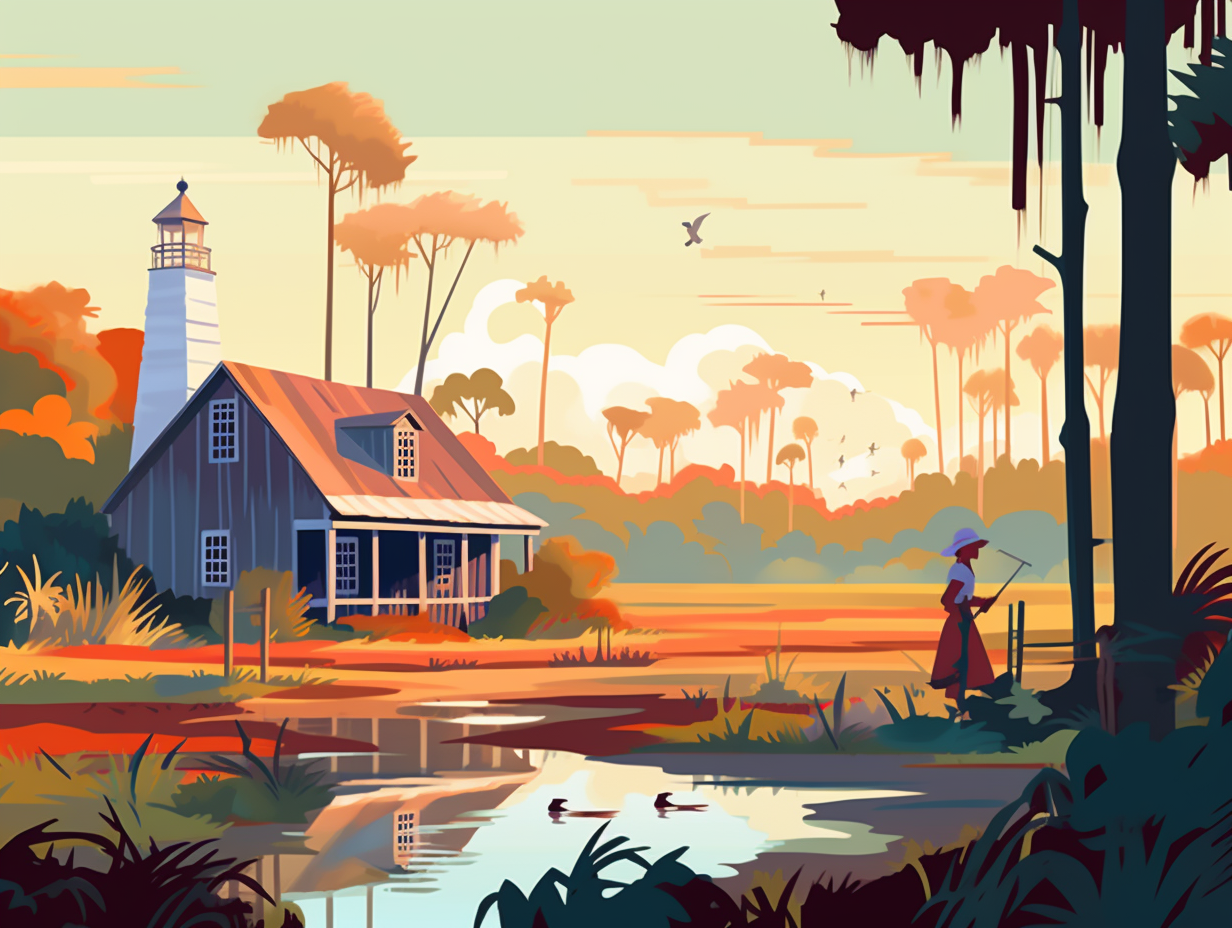
1. Black Population Majority
In a case of putting all your eggs in one basket—or rather, all your cotton in one plantation: South Carolina's economy back in the day relied heavily on the forced labor of enslaved Black individuals brought from Africa. So much so, that by 1708, the Black population actually exceeded the white population within the colony.
Source => study.com
2. Charles Town's Mean Streets
When life in South Carolina went from 60 to 174 real quick, Charles Town channeled its inner Regina George and ruled the colonial Mean Streets: By 1775, the population of South Carolina colony had tripled since the beginning of the Royal Period in 1729, leading to the reorganization of the entire colony into seven new districts under the District Act of 1768.
Source => carolana.com

Get ready to tantalize your taste buds with Louisiana's mouth-watering gumbo and jambalaya! 🥘 Discover the exciting annual events and world championship cook-offs that celebrate the state's delectable cuisine. 😋
=> Fun Facts about Louisiana-For-Kids
3. Silk Dreams & Social Mixes
Silk purses from sow's ears: In colonial South Carolina, the seemingly impossible dream of weaving silk led to an unlikely blend of folks from varying backgrounds, races, and classes, all coming together to create transoceanic and transnational connections. While the silk production never quite reached the heights they'd hoped, it did indeed tie up the lives of hundreds of colonists, and sewed its way into the fabric of the colony's history.
Source => go.gale.com
4. Carolina Gold Rice Boom
What do you get when you combine the Palmetto State, a heaping helping of African heritage, and a sprinkle of civil war conflict? A rice to the occasion story of Carolina Gold: South Carolina's 18th and 19th-century claim to rice fame, the Carolina Gold rice variety was cultivated by enslaved people and brought immense wealth to plantation owners. Accounting for 3.5 million out of the 5 million bushels of rice produced in the United States at the time, this sought-after grain is now championed by the Carolina Gold Rice Foundation, preserving both the plant and the memory of the lives it intertwined.
Source => en.wikipedia.org
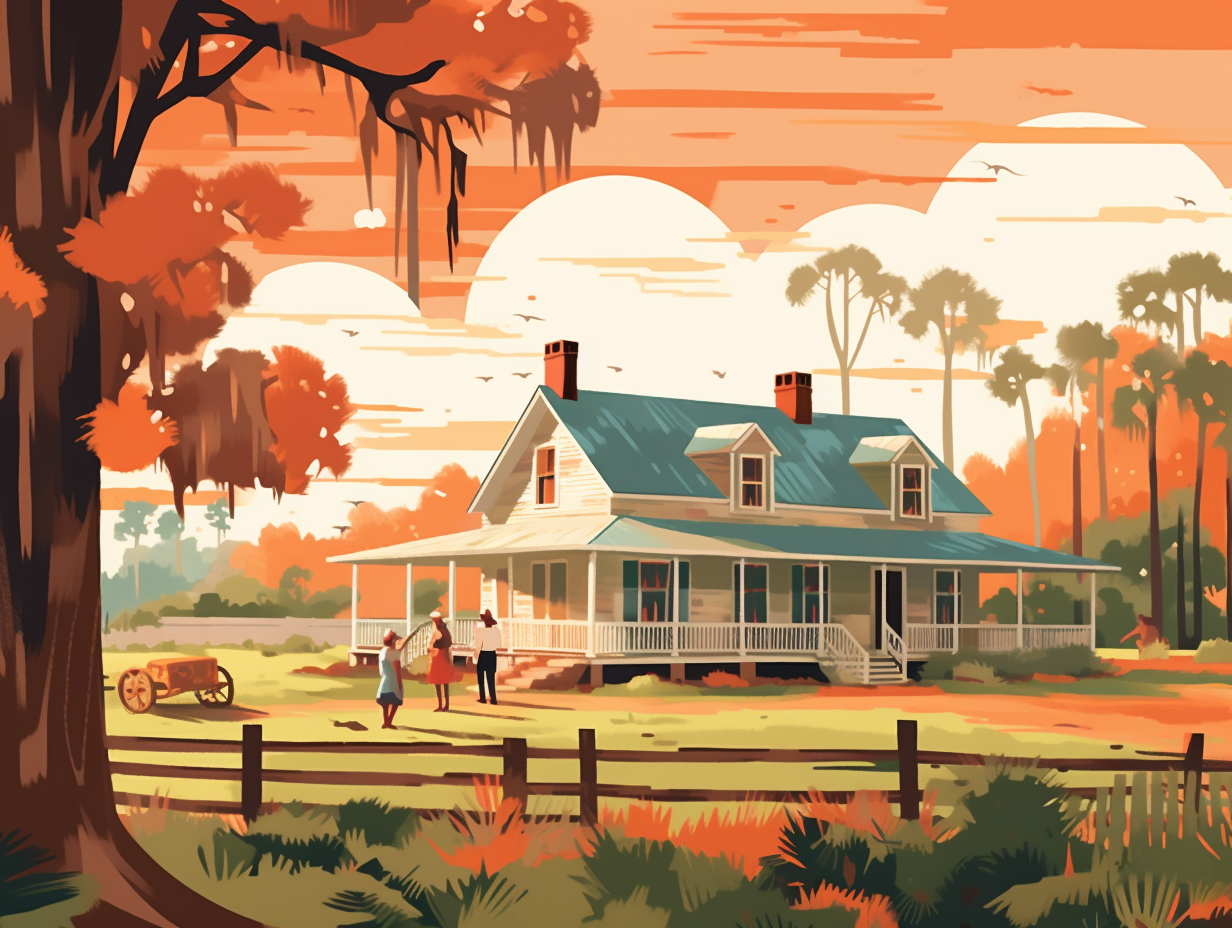
5. America's First Black Cowboys
Hold onto your cowboy hats and saddle up for this Southern revelation: South Carolina's colonial times saw black bondsmen become America's first cowboys, herding cattle from the backcountry's open range through swamps and forests, leading to the rise of a ranching and cowboy culture that would eventually gallop its way across the American West!
Source => scencyclopedia.org
6. Madeira Wine Madness
In the 18th century, the South Carolina Colony loved their Madeira wine like a fish loves water, with Charlestonians storing their precious bottles in attic hideaways like pirates hoarding their treasure: Charleston was a mecca for Madeira wine consumption, and during the Civil War, the city's elite even went so far as to bury their impressive collections in the basement of the Insane Asylum to keep them safe from Union troops. In those days, Madeira-wine-and-dine was undoubtedly the colonial pastime!
Source => columbiametro.com
7. Colonial Religious Melting Pot
If Barbados and South Carolina swiped right on Settler Tinder: they'd be a match made in colonial heaven! With a colorful mix of Huguenots, English Baptists, Scottish Presbyterians, Quakers, and Sephardic Jews, South Carolina was a melting pot of diversity from day one: It wasn't just Barbadian settlers who shaped South Carolina; a variety of European and religious groups were attracted to its lenient terms for religious freedom, and though trade with the West Indies played a major part, the colony was marinated in factionalism and tension with American Indian tribes.
Source => ldhi.library.cofc.edu
8. King Charles II's LinkedIn Glory
If King Charles II had a LinkedIn, his "founding father" skills would be endorsed by every colonist in the land: South Carolina, the first permanent English settlement in North America, was named after him in 1670! This fun fact becomes even more impressive when you consider that the colony was a forerunner in both agriculture and education, boasting rice and indigo industries as well as the establishment of the College of Charleston, the oldest municipal college in the United States, in 1770. Plus, it played a starring role in the American Revolutionary War, with the Siege of Charleston in 1780 as a memorable battle scene.
Source => commons.lib.jmu.edu
Related Fun Facts

